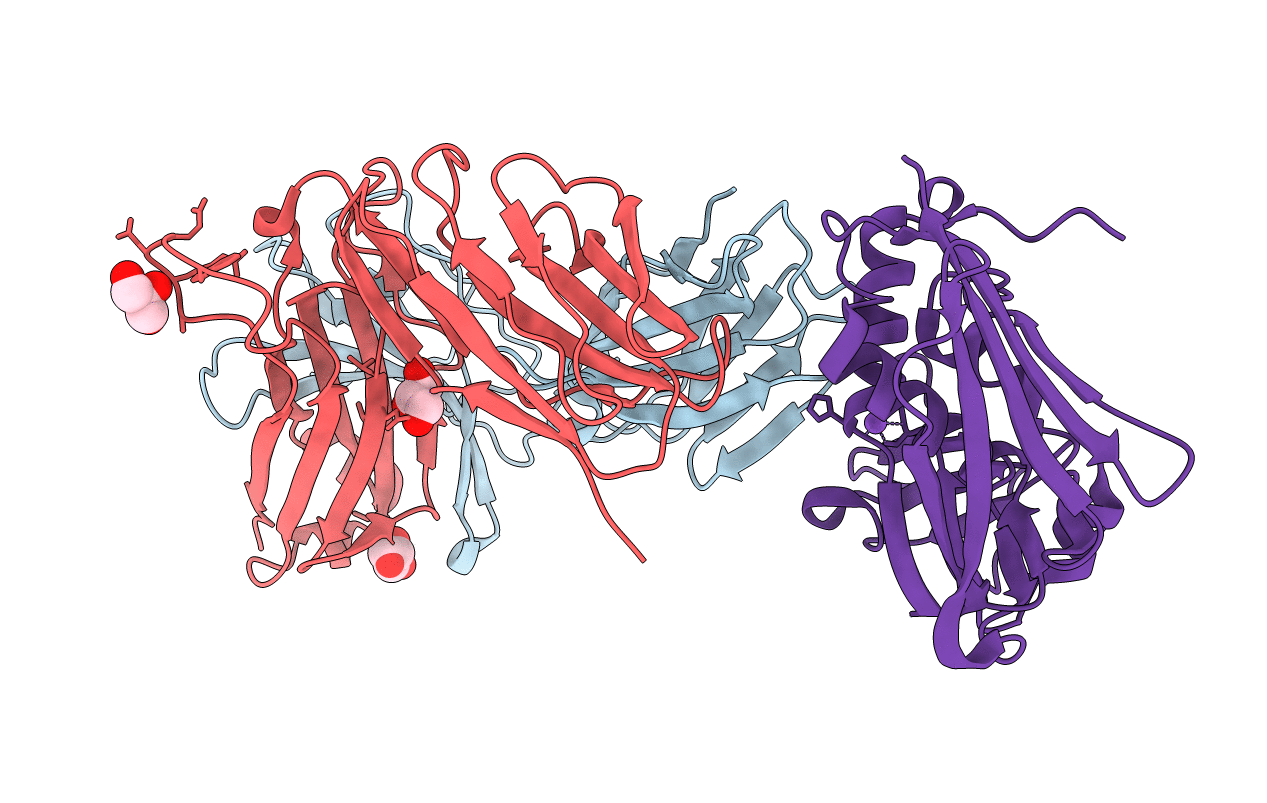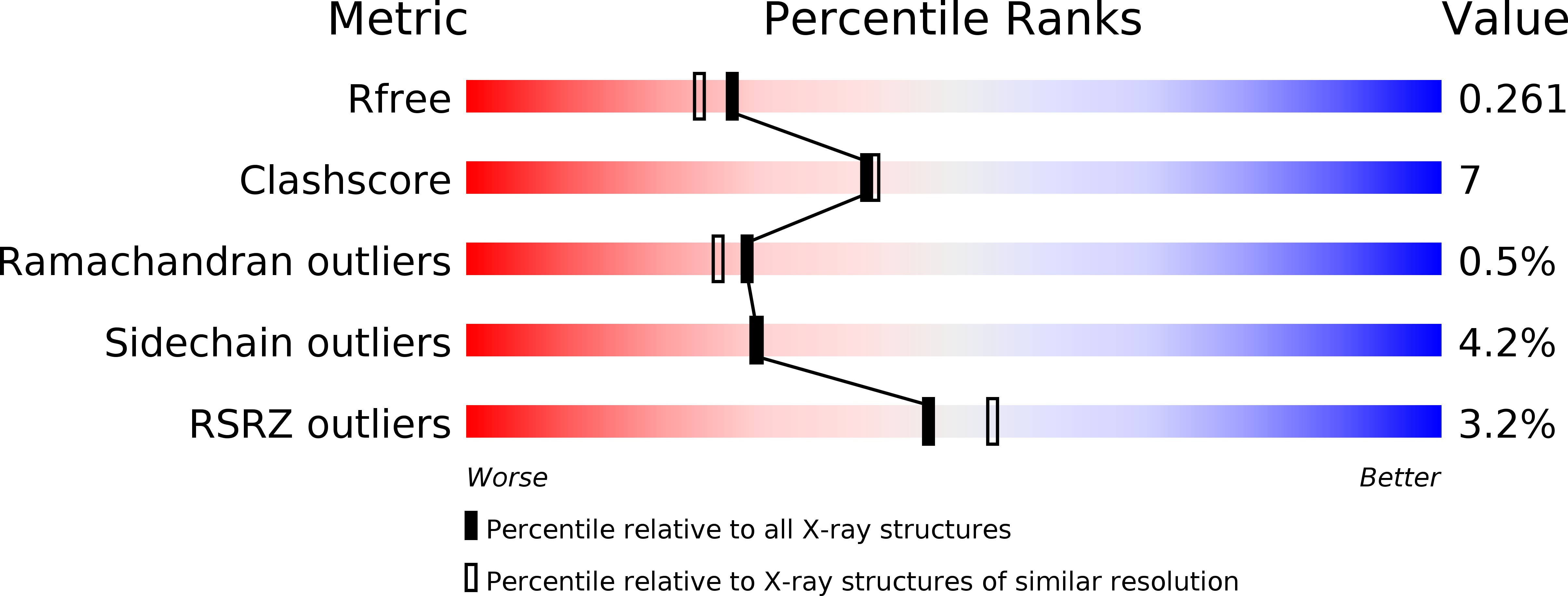
Deposition Date
2010-07-31
Release Date
2010-11-24
Last Version Date
2024-11-20
Entry Detail
PDB ID:
2XNA
Keywords:
Title:
Crystal structure of the complex between human T cell receptor and staphylococcal enterotoxin
Biological Source:
Source Organism:
HOMO SAPIENS (Taxon ID: 9606)
STAPHYLOCOCCUS AUREUS (Taxon ID: 1280)
STAPHYLOCOCCUS AUREUS (Taxon ID: 1280)
Host Organism:
Method Details:
Experimental Method:
Resolution:
2.10 Å
R-Value Free:
0.26
R-Value Work:
0.22
R-Value Observed:
0.22
Space Group:
C 1 2 1


